Michael Kenton describes his experiences during a trip to Israel organised by the Abrahamic Reunion.
In February this year I received an email regarding a planned group trip to Israel; the timing was perfect as my wife and I were planning to visit Israel at that time.
What made the trip totally unmissible was that its stated aim was to:
‘Meditate and pray for peace and spiritual support of the Abrahamic Reunion, visiting and enjoying some of the holy ancient places and holy people found in Israel.’ The organiser was Shahabuddin David Less, who led an amazing tour of India in which I took part over 30 years ago.
On May 29th we teamed up with our fellow peacemakers from the USA, Canada and Europe for our 11-day tour.
The Abrahamic Reunion was established in 2004 to bring harmony and peace between the people of the religions of Abraham by uplifting human consciousness in the Holy Land. They are a team of spiritual peacemakers, women and men, dedicated to opening hearts to the love and wisdom of all spiritual traditions of the Holy Land. They do not dwell on old grievances and they avoid blame.
This approach reminds me of the Buddhist way of being in the present; it ‘frees us from the conditioning of the past and apprehension of the future.’1 I took with me a book by Eckhart Tolle that has a similar message.2
On the tour we met and dined with Jews, Muslims, Christians and members of the Druze and Bedouin communities in various parts of the country including the West Bank. Members of the Abrahamic Reunion regularly share food together and join in with each other’s family events. Over the last few years they have convened a day-long gathering in different parts of Israel hosting as many as 300 people per event.
During a two-day conference at Tantur Ecumenical Institute3 I initially wondered whether the methods of the Abrahamic Reunion could actually make any difference. However, an Orthodox Jew explained that the Abrahamic Reunion is attempting to cure the cause of the disharmony, whereas the politicians are merely trying to cure the symptoms, an analogy I found very powerful.
To quote Eliyahu McLean, Israeli co-ordinator of the Abrahamic Reunion:
‘We are breaking down the walls of fear in our minds and between our people, this is what will tear down the physical cement barriers…’.
This is the message of the mystics from all the religions, to quote a Sufi mystic:
‘Man must first create peace in himself if he desires to see peace in the world; for lacking peace within, no effort of his can bring any result.’4
Often the stories we heard were contrary to what the media broadcasts. For example, when we visited Ibrahim Abu al Hawa, from the Mount of Olives,5 he told us of his experience during the Six Day War. When Israel captured the area in which he lives, the soldiers knocked on the door of his house. He expected that all his family would be killed; quaking with fear, he opened the door, to find that the soldiers had come to give his family bread.
Israelis and tourists are told of how, in 1929, Muslims who had lived with Jews for generations in the West Bank discovered that armed Palestinians from outside the area were coming to kill the Jews. The story only mentions the 85 Jews who were killed but in fact 250 were saved from almost certain death by their Muslim neighbours, who risked their lives by hiding them in their own houses.
People we met of all religious persuasions said: ‘If the politicians would leave us alone we would be happy to live in peace.’
On the final day of our tour Shahabuddin led a Universal Worship Service, a service to attune to and invoke the prophets of the world religions.6 The great teachers gave, in essence, the same message of love, peace and harmony. The Abrahamic Reunion is living that message.
To quote Margaret Mead: ‘Never doubt that a small group of thoughtful, committed citizens can change the world. Indeed, it is the only thing that ever has.’7
Reprinted from Caduceus magazine issue 92
References
1. Norton F, Smith C. An Emerald Earth. Two Seas Join Press, NY, USA, 2008.
2. Tolle E. The Power of Now – A Guide to Spiritual Enlightenment. Hodder and Stoughton Ltd, London, 2001.
3. www.tantur.org . Tantur Ecumenical Institute, PO Box 11381, Jerusalem 9111301, Israel.
4. Khan HI. The Complete Sayings. Omega Publications, 2nd edn, NY, USA, 1990.
5. See http://peaceforibrahim. org .
6. www.pirzia.org/universal_ worship/ .
7. www.berkana.org/articles/ axioms.htm .
Michael Vakil Kenton has been Hon Treasurer and Trustee of the Sufi Order UK for many years and a supporter and contributor to Caduceus from its inception. He is co-founder of Sacred Music Radio, an online interfaith radio station

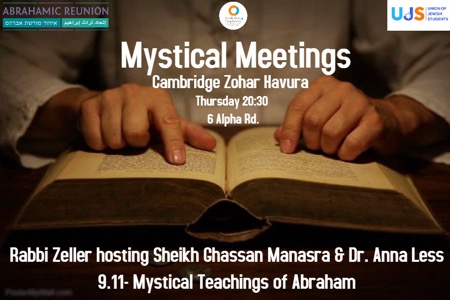

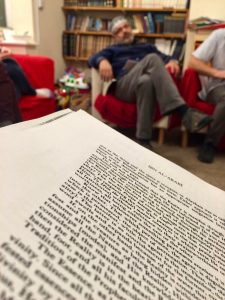

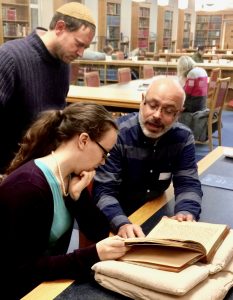
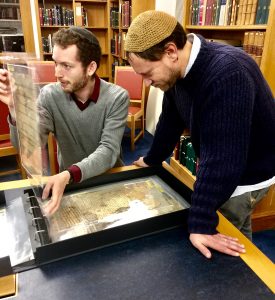
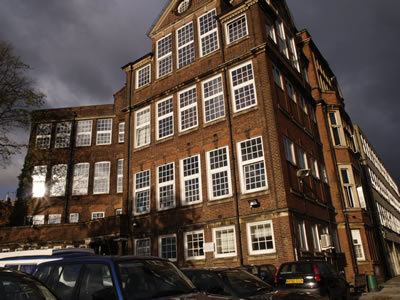
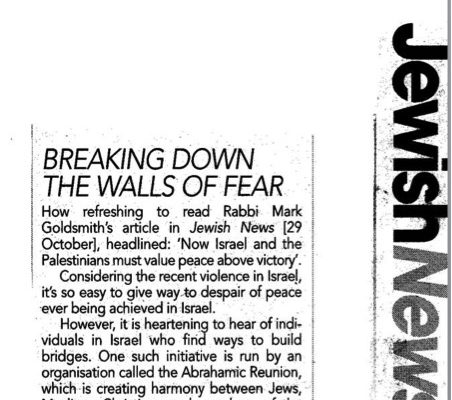
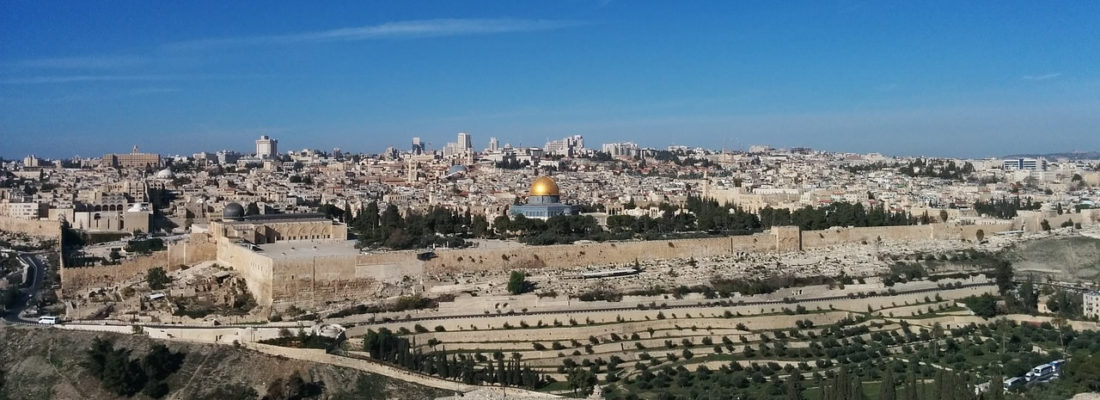
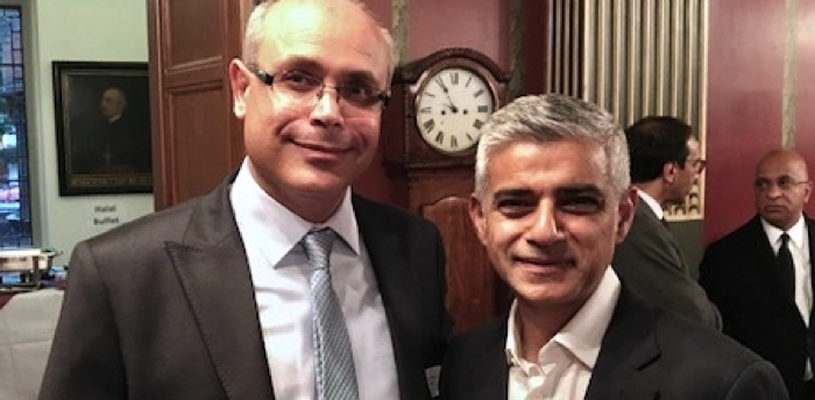




 We have a further discussion about the characteristics of the Fire element and Rabbi Zeller shares that the fire element has a unique quality that allows it to be shared without diminishing itself.
We have a further discussion about the characteristics of the Fire element and Rabbi Zeller shares that the fire element has a unique quality that allows it to be shared without diminishing itself. Allah is the Light of the heavens and the earth.
Allah is the Light of the heavens and the earth.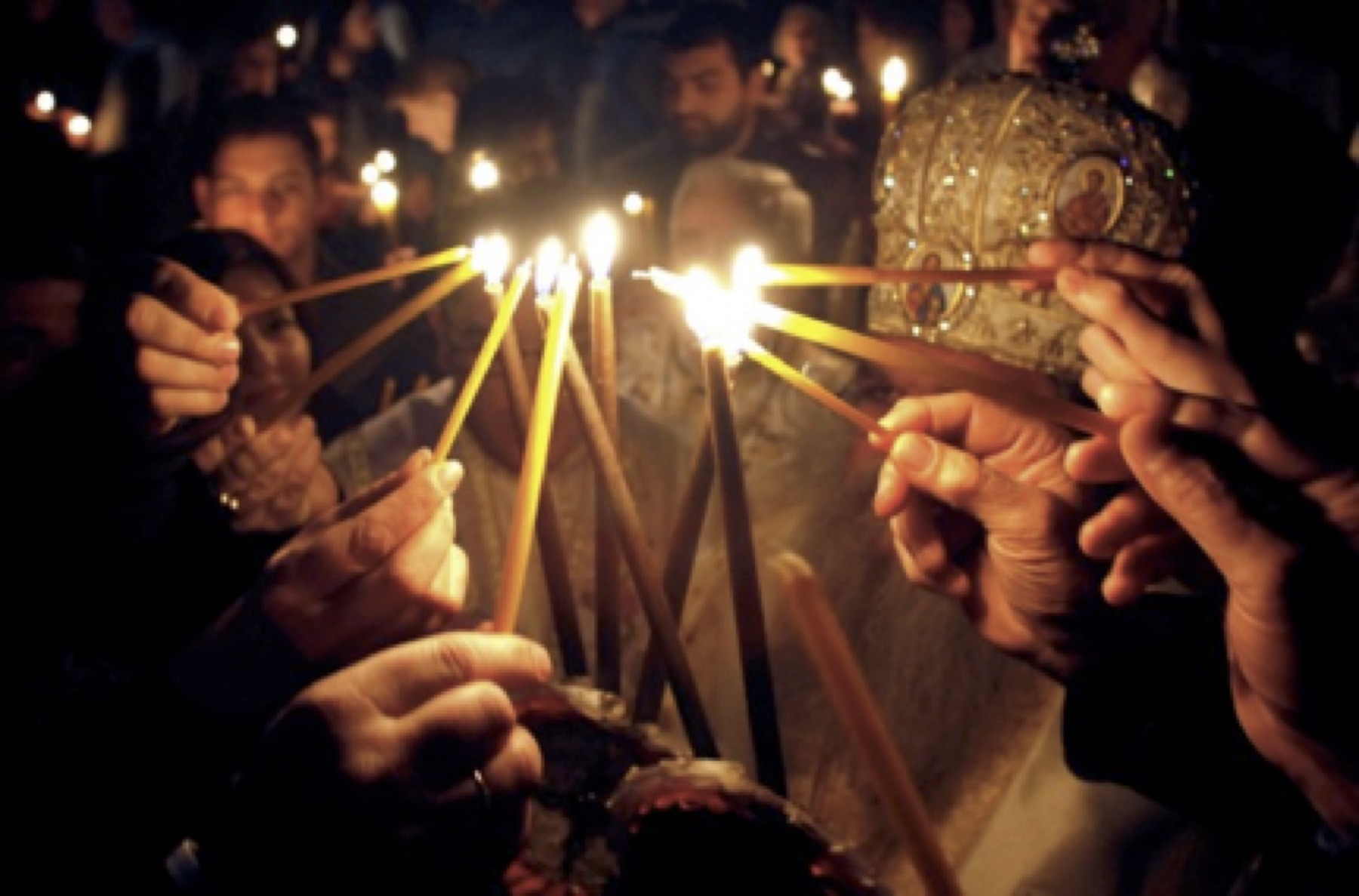
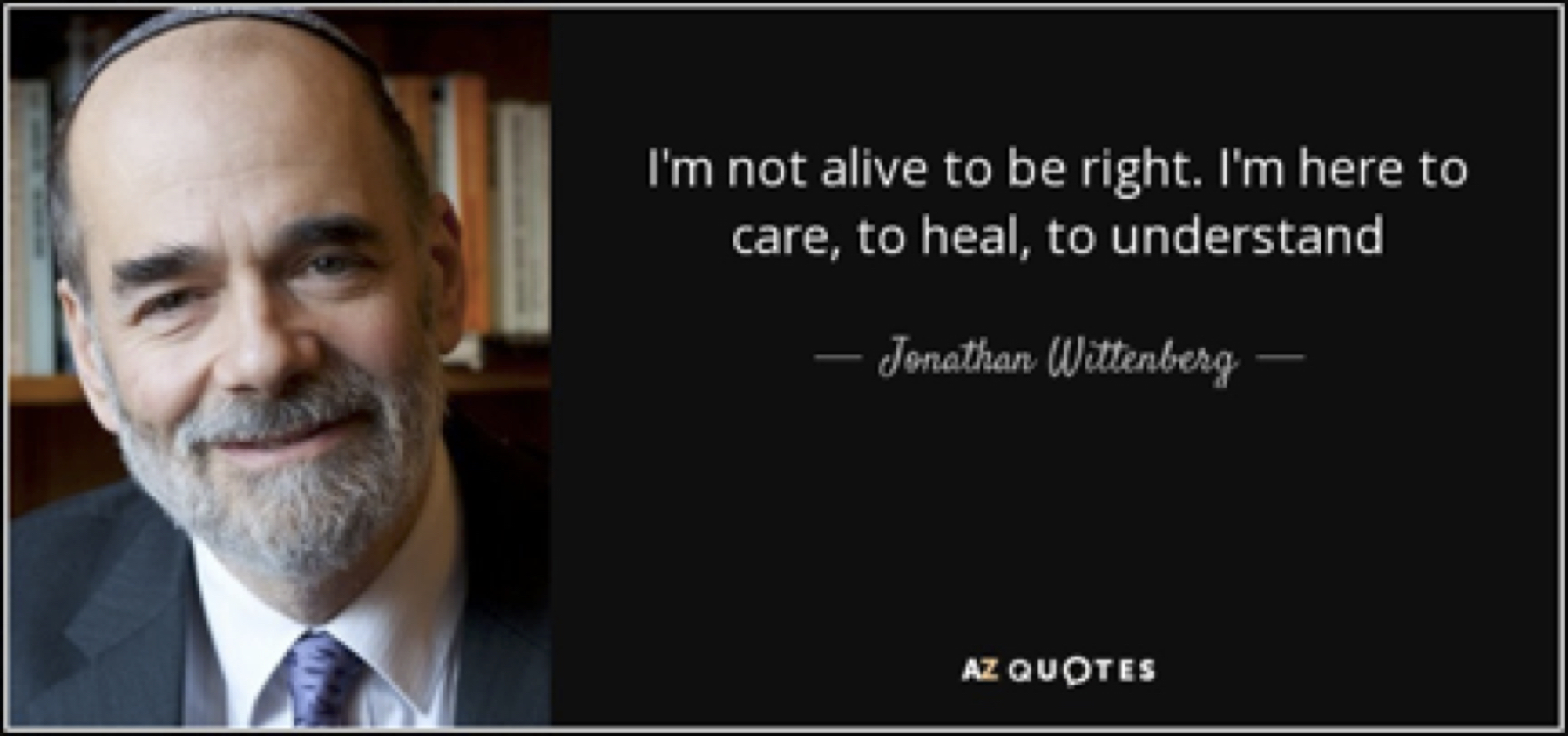

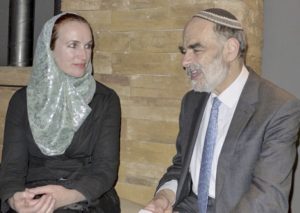
 Anna wrote of the experience afterwards: “As we drive through the loops of barbed wire to enter the prison grounds, Yvonne explains that the Grendon Prison grounds also house the Spring Hill Prison, which was used during the Second World War as a radio transmission centre for Special Operations Executive. I am stunned to realise that my spiritual teacher’s sister, Noor Inayat Khan, who was trained as a radio operator, sent her radio transmissions to these very grounds throughout the war. After the war, these facilities were converted to become the UK’s first open prison. And in recent years the gymnasium here was dedicated to, and named after, Noor Inayat Kahn.
Anna wrote of the experience afterwards: “As we drive through the loops of barbed wire to enter the prison grounds, Yvonne explains that the Grendon Prison grounds also house the Spring Hill Prison, which was used during the Second World War as a radio transmission centre for Special Operations Executive. I am stunned to realise that my spiritual teacher’s sister, Noor Inayat Khan, who was trained as a radio operator, sent her radio transmissions to these very grounds throughout the war. After the war, these facilities were converted to become the UK’s first open prison. And in recent years the gymnasium here was dedicated to, and named after, Noor Inayat Kahn.
